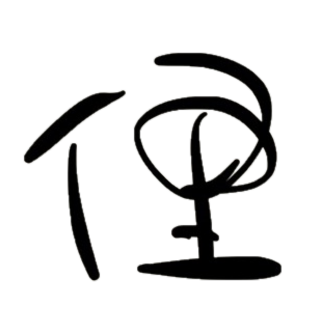The expected journey of a simple life turned out to be a story leveling up against unexpected challenges.
After years of city life, I wanted to spend some time in a remote place, and the artist-in-residence program by Art Guerrilla seemed to be a perfect opportunity. When choosing an island, I instinctively picked Xiju, which appeared to be the most secluded and truly the most remote island.
Continuing my previous creative explorations of the connections between beings and nature, I found the tides and wildlife here to be full of surprises. However, what astonished me even more was the endless marine debris along the coastline. Trash from China washes up daily on Xiju’s beaches, with new items appearing each day based on tides. The journey became an unexpected exploration into marine waste. The contrast between the scenic coast and endless litter is striking.
The tides were one of the most astonishing experiences I experienced in Matsu, a change you would never observe in a city. The coastal landscape shifted daily with tidal variations, revealing different combinations of marine life and marine waste. What was visible today might disappear tomorrow and vice versa. The sound of waves is influenced differently by changes in the tidal conditions. During low tide, you could play in the water; during high tide, you could listen to the ocean and lose yourself in sounds, forgetting all worries. On days with a large tidal range, even the ferry rides between islands became exhilarating, like pirate adventures.
Xiju’s local residents are said to be descended from seafaring pirates who combined fishing with piracy in off-season; even modern Xiju residents seem to be slashies naturally, a trait perhaps shaped by the ocean environment. Creatures such as hermit crabs make their homes in marine debris, and seaweed attaches to abandoned fishing nets, wires, and metals. I often mistook these algae-covered remnants instead of living organisms, finding that they were scrap metal. Alongside the stones smoothed by waves, styrofoam debris sculpted by the sea can be found in various shapes.
Before arriving, I had heard about Xiju’s situation, yet its remoteness isn’t like a mountain village that’s too hard to reach. It has basic essentials: food, shelter, fitness equipment at the senior center, and public drinking fountain. However, after some time, I can see an urban-rural gap. Residents live simple lives with minimal material demands; with limited resources and scarce outside help, most essentials and issues are handled individually. From borrowing tools for work to observing the quality of local construction, the principle seems to be, “If it works, it’s good enough.” The durability and quality appear to be insignificant. Throughout my residency, from living conditions to the exhibition setup, every step was challenging and problem-solving was slow. It is difficult not to question the role of art in a place with a low standard of living. How can material needs align with cultural and artistic aspirations to benefit residents? Perhaps there’s no single answer, as each person interprets art differently.
Due to its geographical proximity to China, Matsu residents feel like half Chinese. During my residency, news showed that China’s simulated military drills targeted Xiju. Although it seemed threatening, the locals were happy that the island’s fame had increased in the news. Matsu is closer to mainland China than to Taiwan, and the local language is the Fuzhou dialect, making it easy to see how the connection to China runs deeper here than in most of Taiwan. Regarding the Taiwan Strait crisis, foreign media warn that China’s threat should be taken seriously, comparing it to the crisis in Ukraine. However, most Taiwanese people believe that we can continue our lives without much concern. Matsu residents think it’s possible to be friends with China, and they don’t feel threatened at all. This sense of security from proximity is something I could understand after being here.
The lights from mainland China.
In the end, Xiju is still a beautiful island. The tides reveal different coastlines and currents daily, and intertidal creatures and debris turn a new page every day. I even overcame my seasickness after several unforgettable ferry rides during large tidal swings. My insomnia and high eye pressure issues disappeared here (although I did gain a few insect bites). The gazebos on Xiju are wonderfully cool, and sitting there reading by the sea has been one of life’s greatest pleasures.







